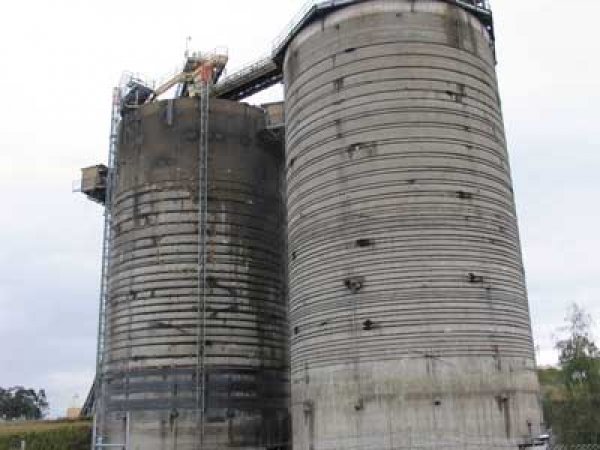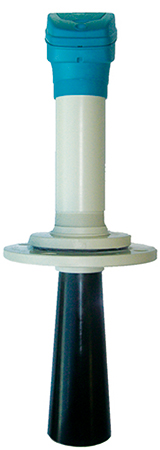Application Conditions:
High dust, high noise, Ore can be filling and emptying simultaneously. Ore varies in lump size to fines, repose angles change, generally fast response time required outside applications are going to be subject to rain and condensation.
Level Technology Choice:
Since we are measuring solids, a non-contact level technology should be used. For very fast responses, the Acoustic transmitter is better suited, where it is capable of measuring from low level eg:30m to a high-level 5m at high in feed tonnages of 1500 tons per hour. Generally, under normal operation, these fast speeds of response requirements are not needed as the vessels fill and empty simultaneously. It’s when a fault condition is observed that a problem of fast response is required to protect an apron feeder etc. Radar can work in these applications, using low-frequency Radar. Be aware of the wide beam spread for the low-frequency Radar at long ranges, of 20m to >30m. The Acoustic transmitter has a smaller beam spread than Radar.
The Acoustic transducers will self-clean dust build-up as well as removing condensation from the face of the diaphragm.
Choosing either a 15 kHz or a 10 kHz transducer will depend on the size of the bin and the environment that it is operating in. Fines are more difficult to monitor than large lump ore size.
Both the 15 kHz and the 10 kHz transmitter can be operated on 2 wire communications Foundation FieldBus and ProfiBus PA.




